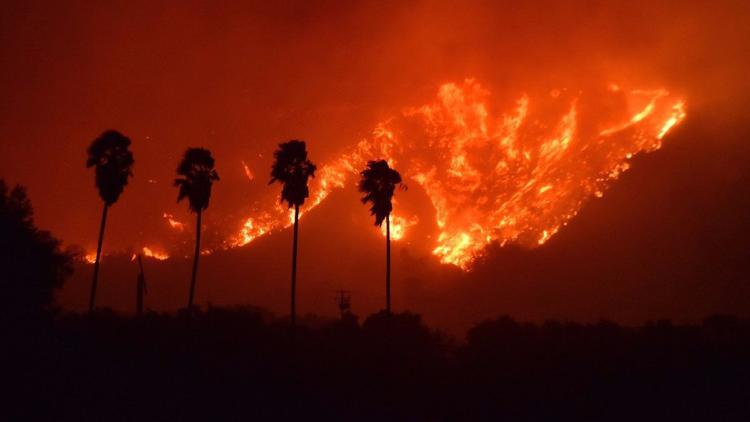Batteries? Let’s look at air for energy storage
Not a new technology by any stretch of the imagination,
compressed air energy storage (CAES) is slowly gaining ground with a number of
projects taking shape at various stages of the design and implementation
process. Currently, only two utility-scale plants exist; one, in Germany, and
the other in Alabama, in the United States. With the growth of renewable
generation sources, energy storage is only set to grow.
Why do we need Energy Storage?
The nature of our electricity infrastructure and available
technology dictates that the energy we consume must be simultaneously produced.
I.e. supply from the generators must always be equal to or greater than the
demand from consumers. Unfortunately, we don’t consume electricity at a
consistent rate. For example, at night when the lights at the office are off,
we consume far less energy than during the day when most people are working. Unfortunately,
it’s at these times of low consumption that we often have a large supply of
renewable energy and a surplus of generated electricity that is lost.
How does Compressed Air Energy Storage (CAES) work?
The basic principle of CAES is exactly what the name implies,
the storage of compressed air. To accomplish this, you need a number of things.
First and foremost, you’ll need some kind of vessel or space to actually store
the compressed air. In utility-scale applications, caverns created by salt
mining are the ideal space, and this is why some of the next big energy storage
projects are being developed on top of these types of locations.
Why not just use batteries?
Batteries are, of course, a more widely known method of
storing energy, but there are still very few utility-scale applications. The
technology is developing at a rapid pace and is becoming more and more
accessible and deployable. CAES will certainly not stop battery storage, but
rather complement it in a diversified mix of energy storage options.



Comments
Post a Comment